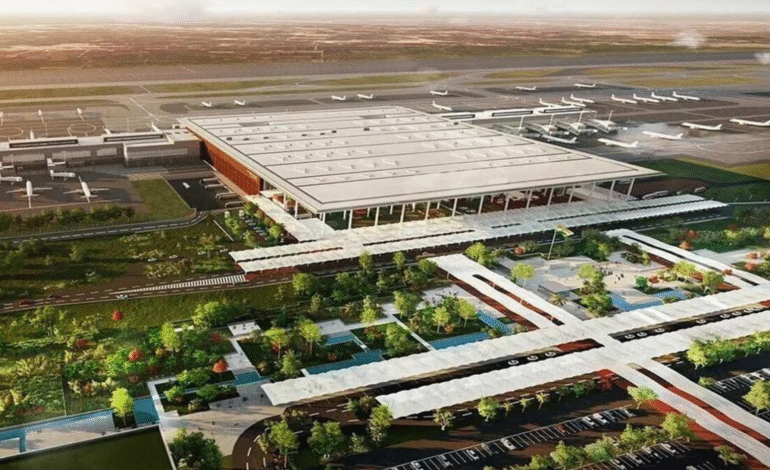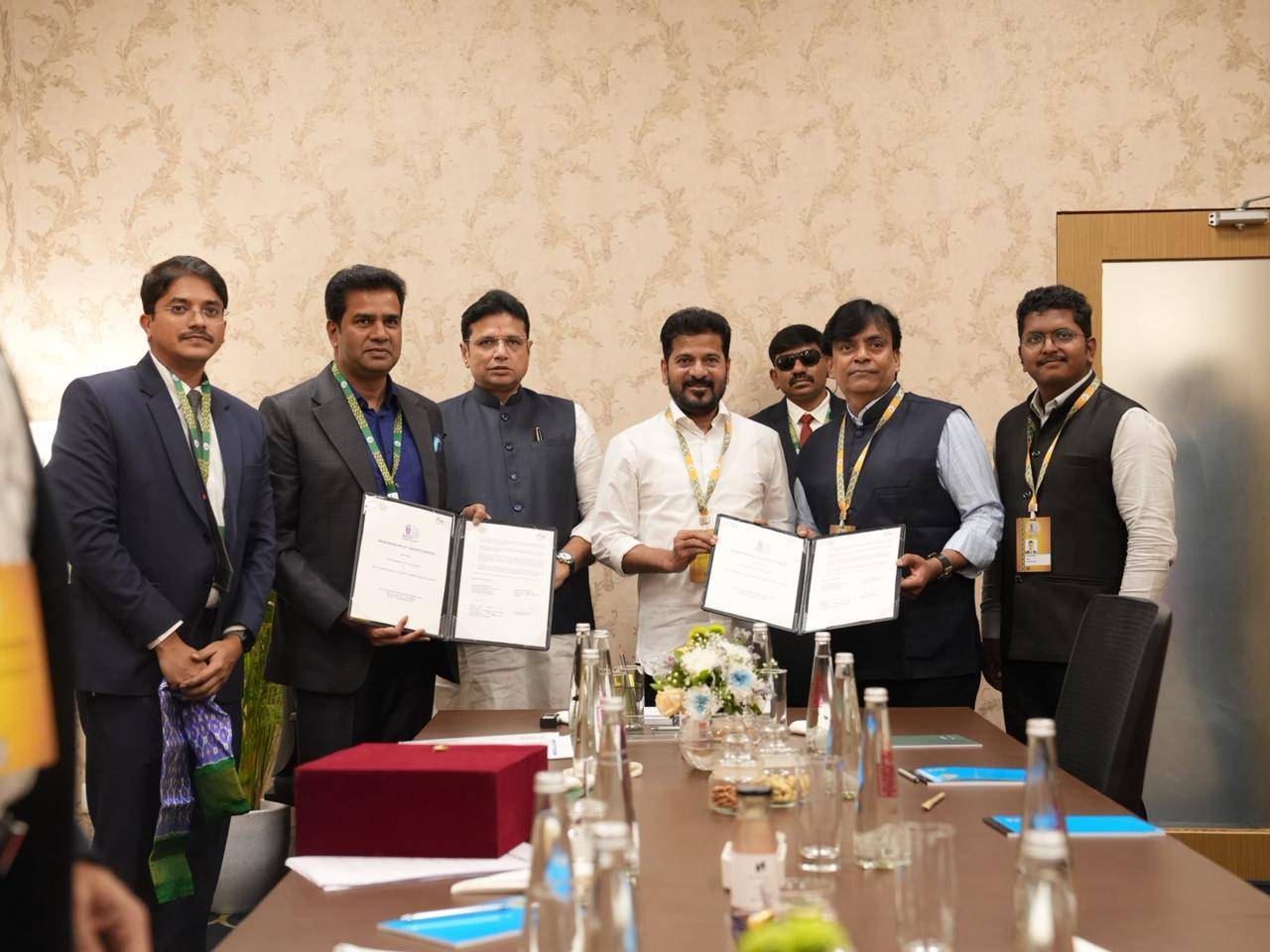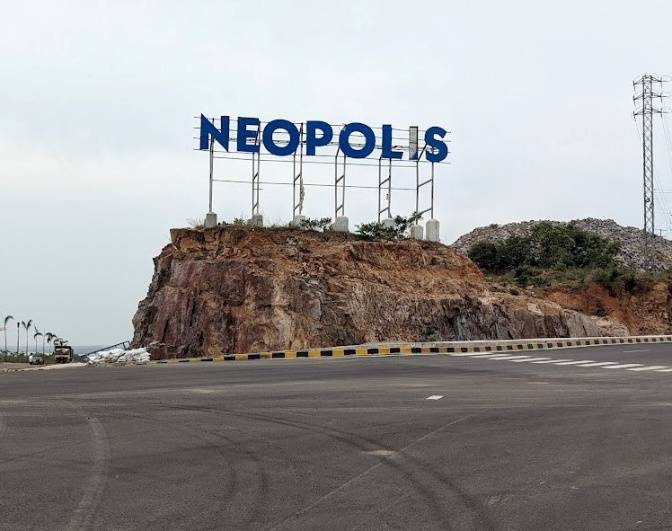India’s aviation infrastructure is poised for a major expansion with the imminent launch of two international airports, aimed at alleviating congestion and enhancing connectivity in the country’s two busiest metropolitan regions. Navi Mumbai International Airport (NMIA) is expected to commence operations on October 8, 2025, followed by Noida International Airport (NIA) on October 30, 2025. These developments will enable Delhi and Mumbai to operate multiple airports, reducing dependence on single facilities and bringing India closer to global aviation standards.
Currently, Delhi and Mumbai rely primarily on Indira Gandhi International Airport (IGIA) and Chhatrapati Shivaji Maharaj International Airport (CSMIA) respectively. Both airports have witnessed increasing air traffic, driven by domestic growth and rising international travel demand. The addition of NMIA and NIA will provide much-needed capacity relief, expand flight options, and facilitate more direct international connections. By distributing passenger traffic across multiple airports, the government aims to improve efficiency, reduce delays, and enhance overall passenger experience.
The new airports are expected to significantly benefit airlines operating in India. Carriers such as IndiGo, Air India, and Akasa will be able to increase flight frequency, launch new routes, and optimize scheduling. With additional capacity, the airports will also enable Indian airlines to better compete with international carriers from Europe and the Middle East, potentially positioning Delhi-NCR and Mumbai-MMR as global aviation hubs. Industry analysts indicate that these airports could rapidly achieve passenger volumes comparable to or exceeding existing terminals.
Navi Mumbai International Airport, developed under a public-private partnership model with GMR and Flughafen Zurich, is strategically located to serve the Mumbai Metropolitan Region. The facility will enhance regional connectivity, support cargo operations, and provide a modern infrastructure benchmark for future airport projects in India. Similarly, Noida International Airport, backed by Adani Group initiatives, is set to expand Delhi’s airport capacity beyond IGIA, complementing the ongoing operations at Hindon Airbase, which primarily caters to regional and low-cost flights.
India has already experienced the benefits of multi-airport operations in Goa, where the opening of Mopa Airport in January 2023 alongside the existing Dabolim Airport increased combined passenger traffic from 84.6 lakh in 2018–19 to 1.1 crore in 2023–24. Drawing from this experience, NMIA and NIA are expected to generate similar gains in passenger traffic, facilitating smoother domestic and international connectivity.
The new airports also align with India’s broader infrastructure and urban development policies, which emphasize sustainable growth, improved transport efficiency, and enhanced economic competitiveness. By reducing pressure on existing facilities and enabling more direct routes, these airports are likely to stimulate tourism, trade, and business travel. They also offer strategic advantages by positioning Delhi and Mumbai as competitive aviation hubs in the Asia-Pacific region.









.png)